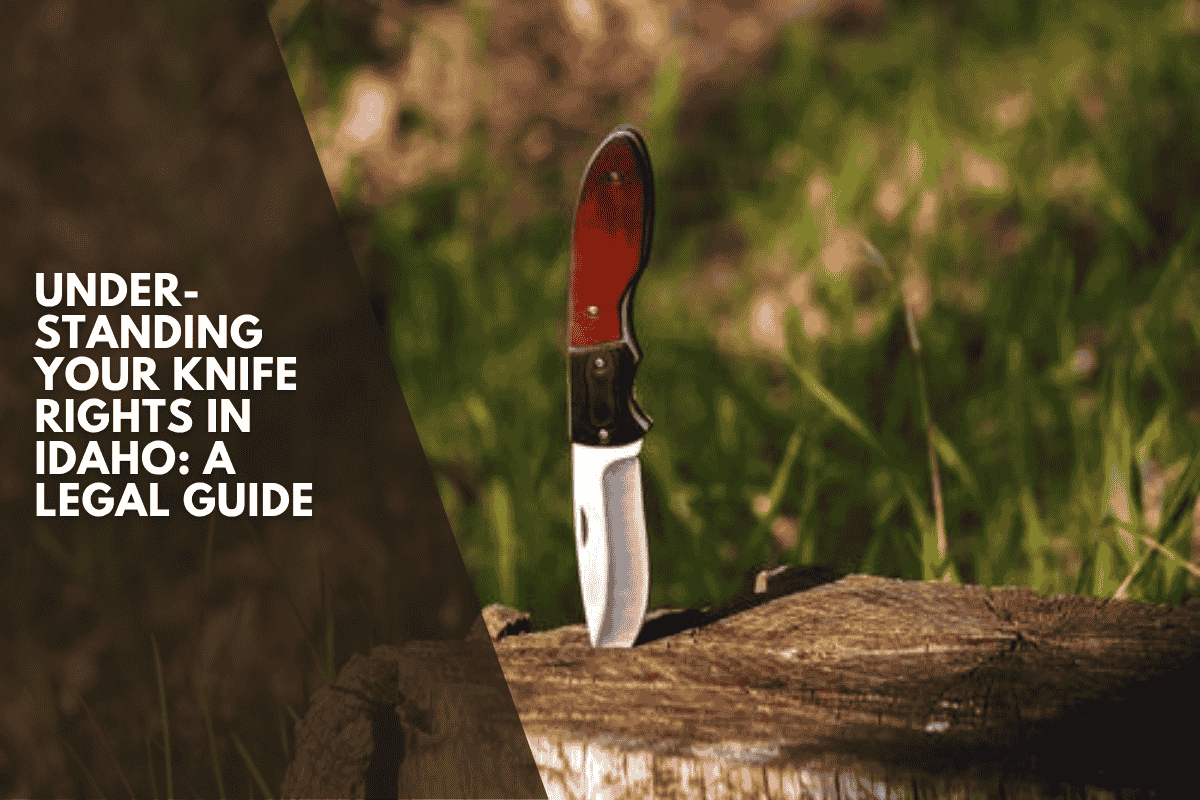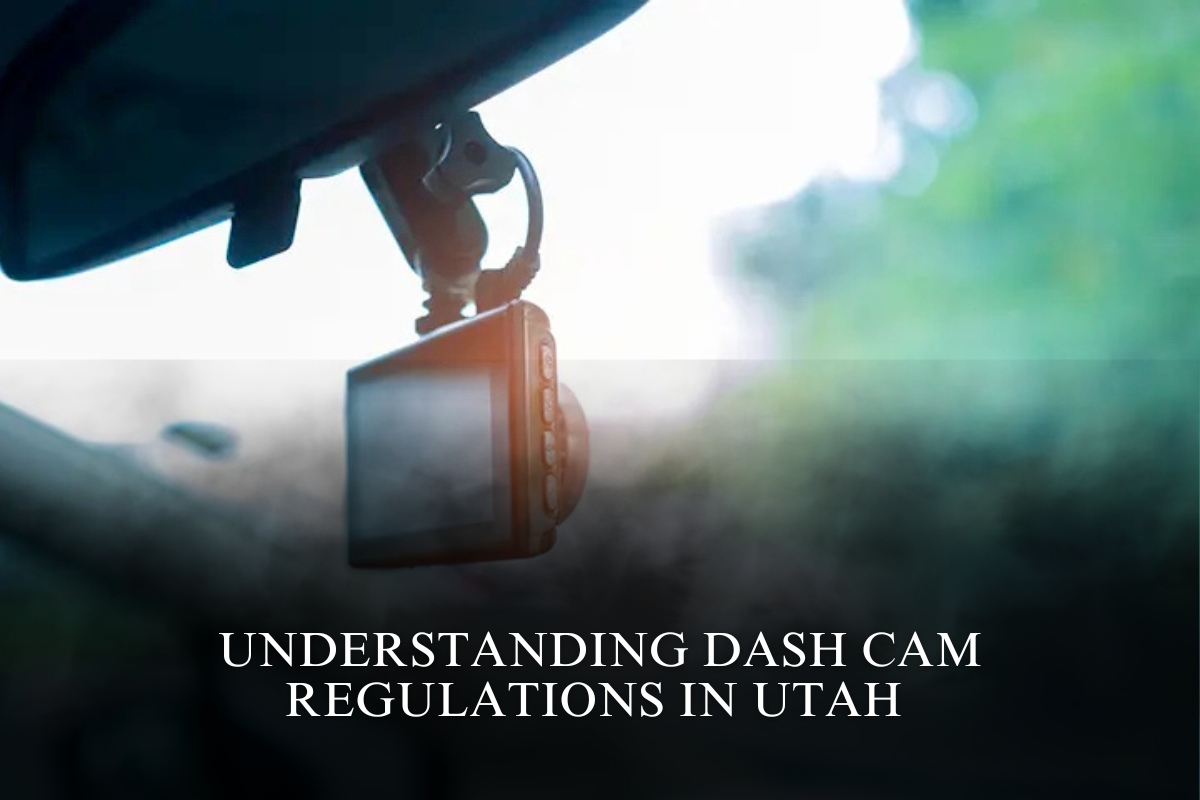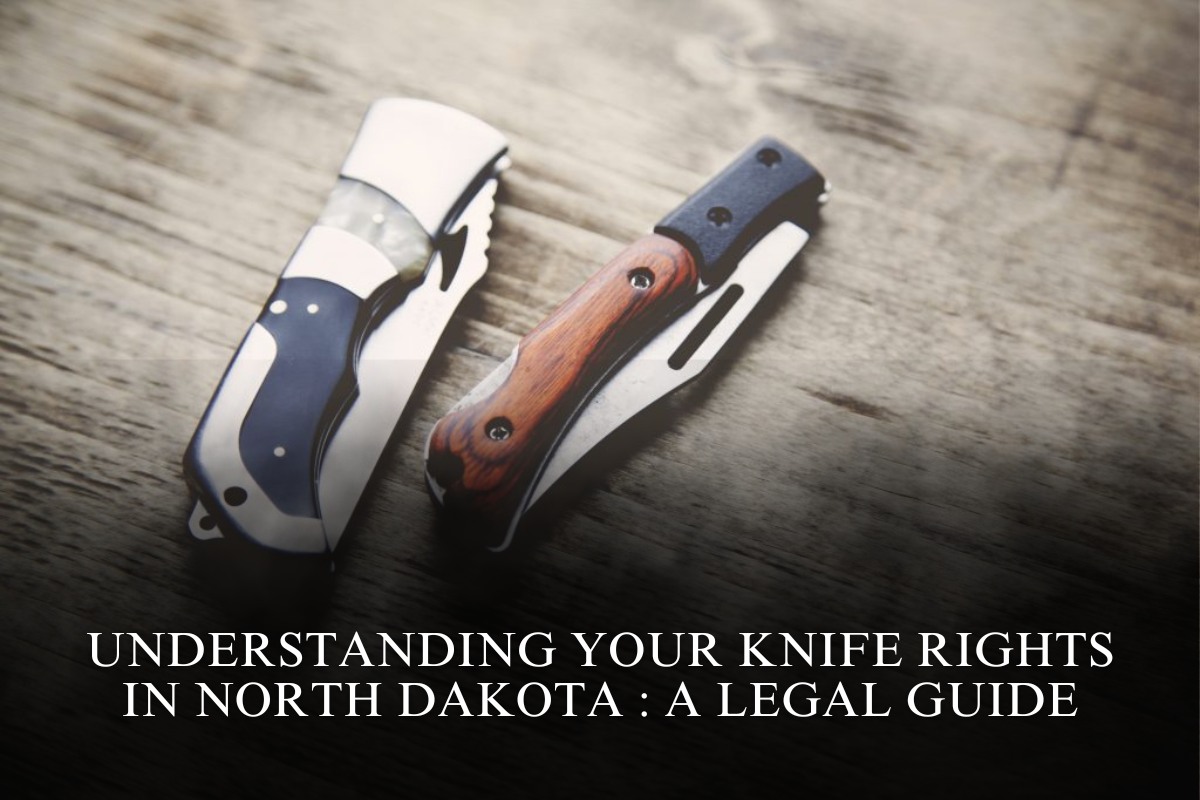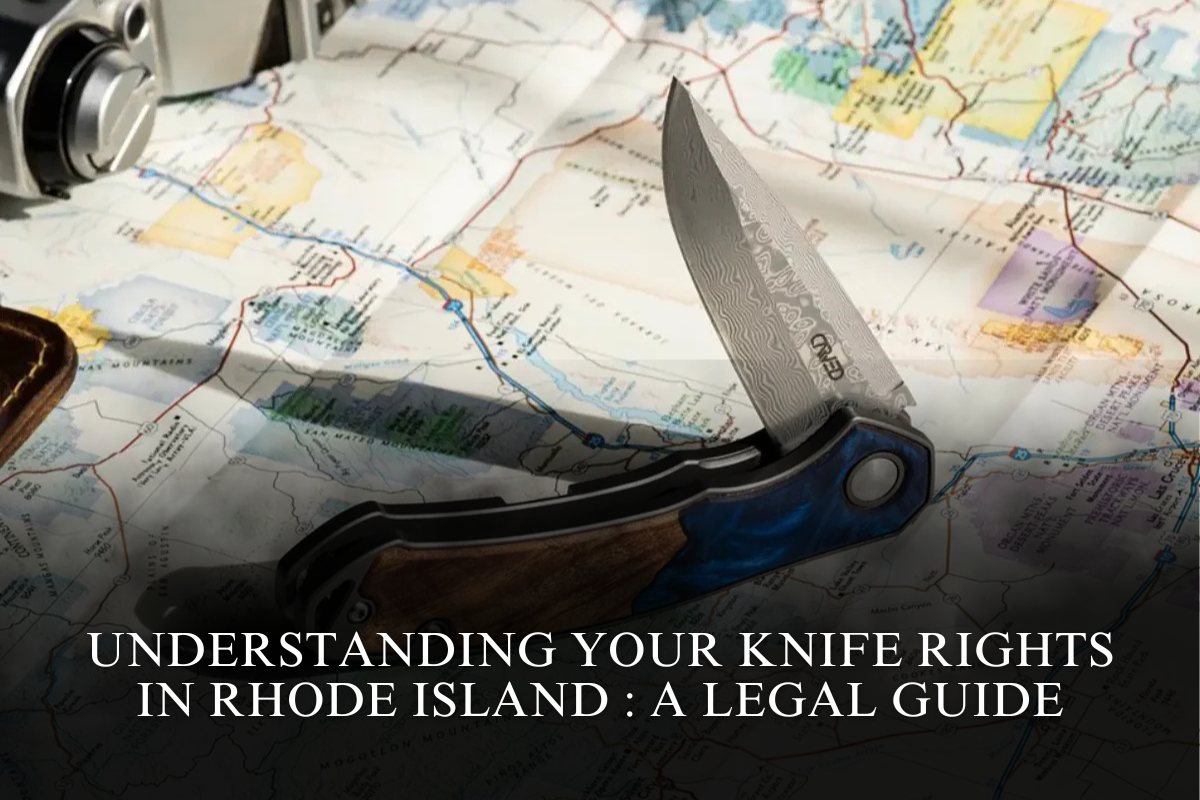Idaho is recognized for its permissive stance on knife ownership and carry, but there are specific legal boundaries that residents and visitors must understand to stay compliant.
Ownership and Types of Knives
Idaho law does not prohibit the ownership or purchase of any type of knife. This includes folding knives, fixed blades, switchblades, balisongs, karambits, and throwing knives. There are no statewide bans on blade type, size, or mechanism for private ownership.
Open Carry
Open carry of knives is legal without restriction on blade length or type. Any law-abiding adult can openly carry knives in public places throughout Idaho. The law does not distinguish between different types of knives for open carry, meaning you can openly carry even large or automatic knives without a permit.
Concealed Carry
Concealed carry laws are more nuanced. Carrying a concealed knife with a blade longer than 4 inches, or specific knives such as dirks, daggers, or bowie knives, requires a valid concealed weapons license (CWL). Without a CWL, it is illegal to conceal these knives except in your own home, place of business, on your own property, or with the property owner’s permission. Knives with blades 4 inches or less, or those intended for food preparation or eating, are not considered “deadly weapons” and are generally exempt from concealed carry restrictions.
Blade Length and Special Restrictions
Knives with blades exceeding 6 inches face additional restrictions, especially for concealed carry and in certain locations. On school property (K-12 and school buses), only pocketknives with blades less than 2.5 inches are allowed; all other knives are prohibited.
Statewide Preemption
A significant update effective July 1, 2024, is Idaho’s statewide preemption law. This law prevents local governments from enacting knife regulations stricter than state law, ensuring consistency across the state. Local ordinances that conflict with state law are now null and void. However, exceptions exist for public schools, courthouses, jails, and child care facilities, where local regulations may still apply.
Minors and Knife Possession
Minors under 18 may carry pocketknives, but written parental permission is required for other types of knives. Selling dirks, daggers, or bowie knives to minors is a misdemeanor offense53.
Intent and Use
While Idaho generally allows broad knife rights, intent is crucial. Using or carrying a knife with the intent to threaten, harm, or commit a crime is illegal, regardless of blade length or type. Lawful use for self-defense is permitted, but the force used must be reasonable and proportional to the threat.
Prohibited Locations
Carrying knives is prohibited in certain locations, including schools (except small pocketknives), courthouses, jails, and juvenile detention centers. Violations can result in fines or misdemeanor charges.
Idaho Knife Laws
| Aspect | Idaho Law (2025) |
|---|---|
| Knife ownership | No restrictions on type or size |
| Open carry | Legal for all knives |
| Concealed carry | Legal for knives ≤4″ blade; >4″ or certain types require CWL |
| School property | Only pocketknives ≤2.5″ blade allowed |
| Statewide preemption | Yes, effective July 1, 2024; local laws cannot be more restrictive |
| Minors | Pocketknives allowed; other knives require parental permission |
| Prohibited locations | Schools, courthouses, jails, juvenile detention centers, some child care facilities |
Idaho’s knife laws are among the most permissive in the U.S., but understanding the distinctions between open and concealed carry, blade length, and location-based restrictions is essential for lawful ownership and use.
Sources
[1] https://www.carved.com/blogs/life-at-carved/pocket-knife-rules-laws-by-state
[2] https://collincountymagazine.com/2025/06/29/understanding-your-knife-rights-in-idaho-a-legal-guide/
[3] https://www.akti.org/state-knife-laws/idaho/
[4] https://nobliecustomknives.com/us-knife-laws/idaho-knife-laws/
[5] https://edc.ninja/idaho-knife-laws/











